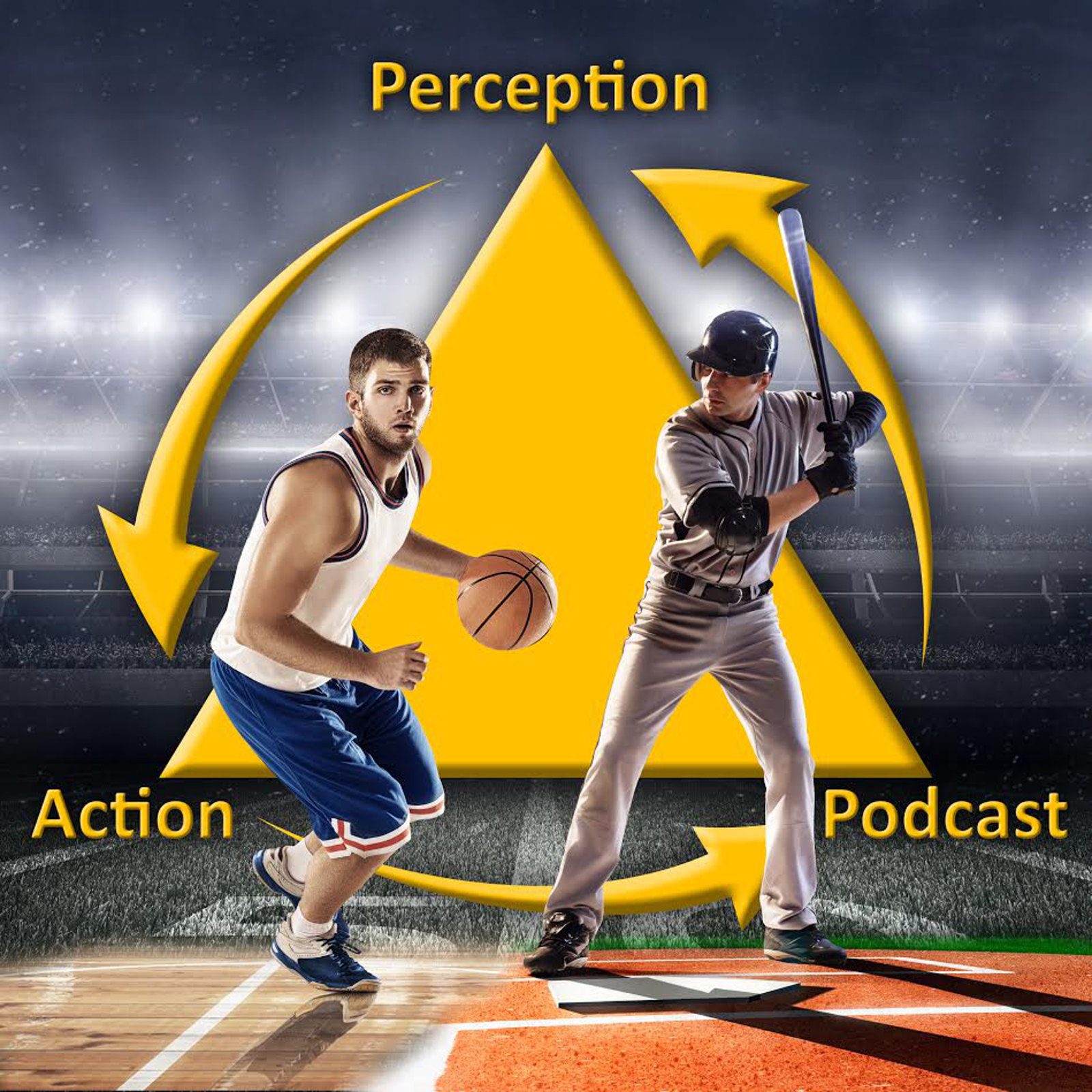The latest in skill acquisition and performance research from perceptonaction.com
-Where should a soccer player look when they are running up to strike the ball during a free kick? This question was investigated in a new study published in the International Journal of Sports Science & Coaching. Consistent with the typical findings on the quiet eye, it was found that for trials in which players scored the duration of fixation on the ball and the target were significantly longer as compared to when they missed. Interestingly they also found that one fixation on the target was optimal for performance. Looking at where you going to shoot 2-3 or more times lead to less accurate shots. This is work is novel because, unlike a lot of the previous work, the athlete is moving while the gaze behavior is being measured.
-Sticking with the quiet eye, Shah and colleagues recently extended work in this area, which has almost exclusively been done on adults, to look at youth athletes. In a study in press with the Journal of Sport and Exercise Psychology, 10 13 year olds were asked to perform a air pistol shooting task under low and and high anxiety conditions. The results were partially consistent with typically findings for results. Specifically, the quiet eye period, that is the duration of the last fixation on the target before shooting, was significantly longer for made shots than missed ones. However, the length of the quiet eye did not predict how well individual performers handled the high anxiety condition. In adults, longer quiet eye durations are typically a characteristic found for performers who are resistant to the effect of pressure.
-Sticking the effect of age, a very unstudied topic for research in motor learning in older adults. In a new study published in the Journal of Motor Behavior, compared the effects of different types of practice scheduled for learning a simple hand movement task for 60 older adults. The main comparison was between a algorithm-based practice condition in which the conditions were adjusted adaptively based on the participant’s performance to challenge them at the right level vs a typical blocked practice conditions the movement timing was held constant within a block of trials. Similar to other studies, it was found that while blocked practice results better performance in training, the algorithm-based condition lead to better learning, as evidence by greater retention and transfer. For more on the use of this type of adaptive training, check out episode 162 of the Perception & Action podcast.
-That’s the latest from the world of skill acquisition. Find links to the articles I mentioned today on my blog page and learn much more by subscribing to the Perception & Action Podcast at perceptionaction.com. Have a great day and keep ‘em coupled.
To enable the news briefing on your echo:
Go here: https://www.amazon.com/dp/B08CZ8Y2T2
OR
-From the Alexa app on your phone go to settings by pressing the three little lines in the top left
-Go to Skills & Games
-Search (magnifying glass in top right) for “Skill Acquisition News”
-Click Enable to Use
-Say: “Alexa, what’s my Flash Briefing?” (Note, this will play any other news items you added too).
